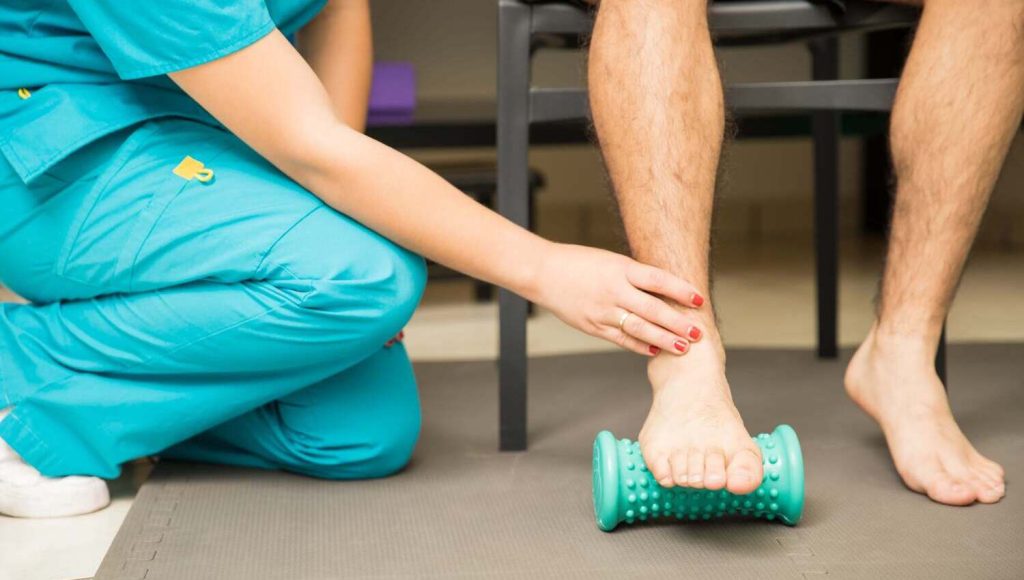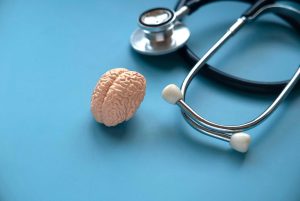Does Medical Marijuana Help Spasticity?
- John DiBella
- Published: July 24, 2023
- Fact-checked by Dr. Desiree Granados

Spasticity is a common symptom of multiple sclerosis, cerebral palsy, and other neurological disorders. It can cause extreme pain and even lead to paralysis or loss of function in some cases. Unfortunately, traditional medications used to treat spasticity can have unpleasant side effects that make them difficult for many patients to tolerate.
Medical marijuana has become an increasingly popular option for those seeking relief from the symptoms of spasticity without the harsh side effects associated with pharmaceutical drugs. But does medical marijuana really help? In this blog post, we’ll explore what research says about using cannabis as a treatment for spasticity and how it might be beneficial for certain individuals.
What is Spasticity and What are the Symptoms?
Spasticity is a neurological condition that affects the muscles, causing them to tense and contract uncontrollably, resulting in stiffness and spasms. It is most commonly caused by damage to the central nervous system due to stroke, traumatic brain injury, multiple sclerosis, and cerebral palsy. Symptoms of spasticity can include difficulty moving or controlling movements, muscle tightness and spasms, loss of coordination, pain, fatigue, and decreased range of motion in the affected area. Some people may also experience difficulty with balance and walking.
Can Medical Marijuana Help Treat Spasticity?
Although research into the effectiveness of medical marijuana for spasticity is still limited, there have been several studies suggesting that it may be beneficial for those suffering from this condition. A randomized trial conducted by researchers at the University of California San Diego’s Center for Medicinal Cannabis Research found that patients who used cannabis-based products experienced greater reductions in muscle spasms than those given a placebo. In addition to reducing spasticity symptoms, these cannabis-based products also improved sleep patterns and quality of life measures such as pain levels and mood.
Another study conducted by the same team of researchers explored the effects of medical marijuana on spasticity after spinal cord injury. The results showed that participants receiving active doses had lower frequencies of leg cramps than those receiving placebo doses. Additionally, they reported greater improvements in overall functioning compared to those given a placebo.
These findings suggest that medical marijuana may provide some relief from the symptoms associated with spasticity like increased muscle tone and diminished mobility. However, more research is needed to conclusively prove its effectiveness for this condition.

How to Use Medical Marijuana to Treat Spasticity
Using medical marijuana for spasticity can be done in several different ways. Smoking, vaporizing, or ingesting edible marijuana are all potential methods of delivery. Ingestible forms like edibles provide more consistent dosing than smoking, but smoking still provides rapid delivery of the active ingredients into the bloodstream.
When it comes to dosage, it’s important to note that everyone reacts differently to cannabis, so it’s advisable to start with a low dose and increase it gradually until you achieve your desired effects. It’s recommended to keep track of how much you’re consuming through a journal or logbook in order to better understand your body’s response.
When it comes to choosing which strain of cannabis is best for spasticity, research indicates that both indica (relaxing) and sativa (energizing) strains offer therapeutic benefits with varying levels of THC-CBD ratios having varying effects on muscle tension. It’s best to experiment with a multitude of strains in order to figure out which one works best for you.
Consulting your doctor prior to using medical marijuana is critical, as they can recommend the proper dosage based on your individual needs as well as any other medications you may be taking. Medical marijuana should also never be used by those under the age of 18 without consulting with a physician first.
Best Medical Marijuana Strains for Spasticity
The best types of medical marijuana strains for treating spasticity are generally those that are high in cannabidiol (CBD) and low in tetrahydrocannabinol (THC). Cannabidiol is the non-psychoactive compound found in cannabis that has many therapeutic benefits including reducing inflammation, relieving pain, fighting nausea and controlling muscle spasms. Strains with higher CBD content may help to reduce the symptoms of spasticity more effectively than those with high levels of THC.
Some good strains include Charlotte’s Web, Harlequin, ACDC, Remedy, and Sour Tsunami. Additionally hybrids that consist mostly of indica or sativa can also be beneficial for treating spasticity depending on individual needs.
Conclusion
Medical marijuana has been shown to mitigate spasticity symptoms in some patients. It is important to note that while there have been positive results reported from using cannabis for treating muscle stiffness and other associated conditions, more research needs to be done to verify its efficacy for everyone with spasticity. It’s advisable to speak with a physician if you think cannabis might alleviate any symptoms you’re experiencing as a result of spasticity.
States Where We Offer Medical Marijuana Card Services
How we reviewed this article:
- Smoked cannabis for spasticity in multiple sclerosis: a randomized, placebo-controlled trial
https://pubmed.ncbi.nlm.nih.gov/22586334/ - Cannabis Extract Improves Spasticity Without Increasing Weakness in Patients With MS
https://consultqd.clevelandclinic.org/cannabis-extract-improves-spasticity-without-increasing-weakness-in-patients-with-ms/
Current Version
July 24, 2023
Written By
John DiBella
Fact-checked By
Dr. Desiree Granados
Editorial Process
Our Editorial Process

John DiBella is the co-founder and CEO at The Sanctuary Wellness Institute. His goal is to foster healthier lifestyles to improve individuals’ quality of life and health span through online medical and non-medical services. When he’s not writing health & wellness articles for The Sanctuary, he enjoys hiking, camping, surfing and sailing.







